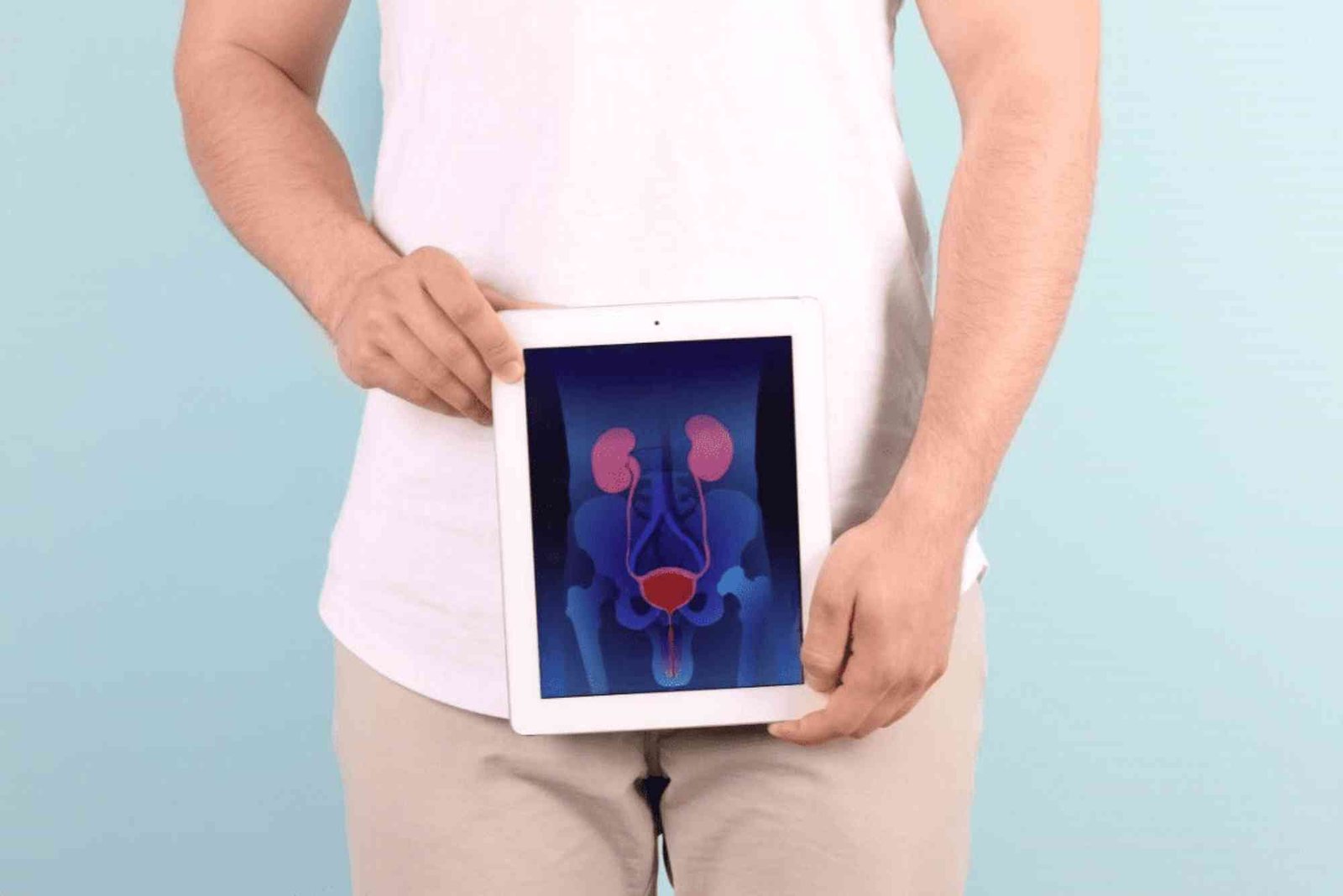Back in the day: physical storage ruled
There was a time not too long ago when sharing a video meant burning it to a DVD or saving it to a USB drive. This approach was slow, required physical delivery, and often came with compatibility issues. People would mail discs, pass flash drives between computers, or rely on bulky hard drives just to move a single video from one person to another. It was an era of patience, but not efficiency. Quality was preserved, but at the cost of convenience and time.
That version of video sharing is almost unthinkable today. We’ve moved from manual processes to digital convenience, but the desire remains the same: keep the quality intact. Now, the challenge is finding ways to share videos online with the same visual fidelity but without outdated steps. Share Videos Online options now allow us to keep the clarity while skipping all the hassle of physical tools.
This article walks you through that journey—from the past to the limitations of current tools, and finally toward the smarter, simpler solutions that are redefining how we deliver video content today.
The rise of email and early cloud sharing
As internet access grew, email became the go-to method for sending media files. It felt magical at first—just attach a file and click send. But as camera quality improved and video resolution increased, so did file sizes. Quickly, emails hit their limits. Attachments bounced back, inboxes filled up, and users began looking for alternatives.
To share videos online, many turned to cloud services like Google Drive and Dropbox. These platforms solved some issues, but created others. Sharing required logins, file permissions, and often resulted in automatic compression that hurt video quality. Progress had been made, but perfection was still out of reach. For the everyday user, this wasn’t the simple solution they had hoped for.
Compression: the enemy of quality
One of the biggest frustrations during the early days of digital video sharing was compression. Most platforms reduced the size of video files to save space and improve delivery speed. Unfortunately, this meant videos often arrived pixelated or blurry. The audio would falter, and fine details—especially in high-production content—would be lost.
Today, we aim to share videos online without compromising what makes them great. A family memory should look just as sharp on your friend’s screen as it did when you filmed it. A brand message should retain its polish. Compression-free sharing was once a dream, but is now becoming reality through newer, more advanced platforms designed for clarity and speed.
Drag-and-drop changed the game
When platforms introduced drag-and-drop functionality, everything became easier. You no longer needed to navigate complicated upload processes. Just drop your file onto a page, and it would upload instantly. These platforms brought simplicity back into the sharing process and helped close the gap between quality and accessibility.
Today, when you share videos online using such platforms, there’s no need to compress, cut, or convert your file. The interface is intuitive and designed for speed. You don’t need to be a tech expert to send a large video file anymore. Anyone can do it—quickly, confidently, and without sacrificing resolution.
Instant sharing without roadblocks
Older sharing methods required layers of access. Recipients needed to log in, request permissions, or download extra apps. This made the process long and frustrating—especially for those who weren’t tech-savvy. Many videos simply went unwatched because the process of viewing them was too complicated.
Modern solutions to share videos online eliminate those barriers. Viewers can access the content through a single link. There are no forms to fill out or accounts to create. Whether your audience is young or old, local or global, they’ll be able to watch your video instantly with no confusion. This kind of accessibility is what moves content forward in the digital age.
From desktops to mobile-first delivery
When video sharing first became digital, it was all about desktop computers. Files were transferred through cable connections or uploaded via broadband. But with the global shift toward mobile, expectations changed. People now want to record, upload, and share all from their phones. Platforms that didn’t evolve fell behind.
To share videos online today means being mobile-ready. You need a service that’s as effective on a phone as it is on a laptop. Advanced tools now make it possible to upload high-resolution video right from your device and send it out in seconds. This freedom is what defines the current generation of video sharing—instant, mobile, and limitless.
Security and privacy become the focus
As video sharing grew, so did concerns about who could access your content. Many early platforms lacked security features, leaving files open to anyone with a link. This created hesitation, especially for business users and creators working with private or sensitive content.
Now, when you share videos online using secure platforms, you can control access with passwords, expiration dates, and real-time tracking. These features empower you to protect your content without making the sharing process more difficult. It’s security done right—efficient, private, and fully under your control. That level of trust is what separates modern tools from their predecessors.
Monitoring engagement in real-time
In the past, once a video was sent, you had no idea what happened next. Did they open it? Did they watch it? You were left wondering, especially if the video was part of a project, pitch, or promotion. Lack of feedback was a common problem in the old way of sharing content.
Now, platforms that let you share videos online often include real-time tracking. You can see when your video is opened, how many times it’s viewed, and sometimes even who watched it. This data is more than just interesting—it’s actionable. It helps you understand your audience, improve communication, and measure the true impact of your videos.
The future is link-based and limitless
We’ve moved from DVDs to email, from cloud drives to drag-and-drop, and now we’ve arrived at direct link sharing. The idea is simple: upload your video, get a link, and send it. That link carries everything—no quality loss, no permissions issues, no downloads required. It’s the most elegant and effective way to deliver your content today.
To share videos online now is to embrace this simplicity. The future of video sharing is not just about technology—it’s about making the experience better for everyone. No one should have to fight through friction just to see your work. With modern platforms, your video speaks for itself the moment it’s sent.
Creativity without constraints
In the past, technical limitations forced creators to think small. Shorter videos, reduced resolution, and careful file management were the norm. But innovation has lifted those constraints. Now, your creativity sets the limits—not your tools. You can film in 4K, edit with precision, and share your final product instantly and in full quality.
The ability to share videos online without trimming down your vision is revolutionary. Artists, educators, marketers, and everyday users can tell richer stories. They’re no longer bound by size restrictions or compatibility concerns. They can focus on what matters—making something meaningful and sharing it without compromise.
Bringing it all together
The evolution of video sharing is a story of progress—from discs to the cloud, from lag to lightning-fast delivery. Each step has brought us closer to the ideal: a way to share videos online that is instant, secure, high-quality, and user-friendly. What was once complex is now simple. What used to take hours now takes seconds.
So if you’ve ever been frustrated by low-quality uploads, clunky platforms, or confusing permissions, know that those days are behind you. You’re now just a few clicks away from sharing your best moments, messages, and media—without losing what makes them great. The future is here, and it’s beautifully efficient.








